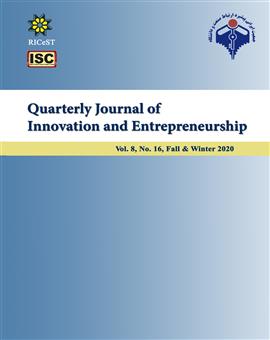Subject Areas : عمومى
habibollah tataeian 1 * , ali birang 2 , alinaghi khrazi 3 , amir nazemi 4
1 - Allameh Tabataba’I University
2 -
3 - Tehran University
4 -
Keywords:
Abstract :

